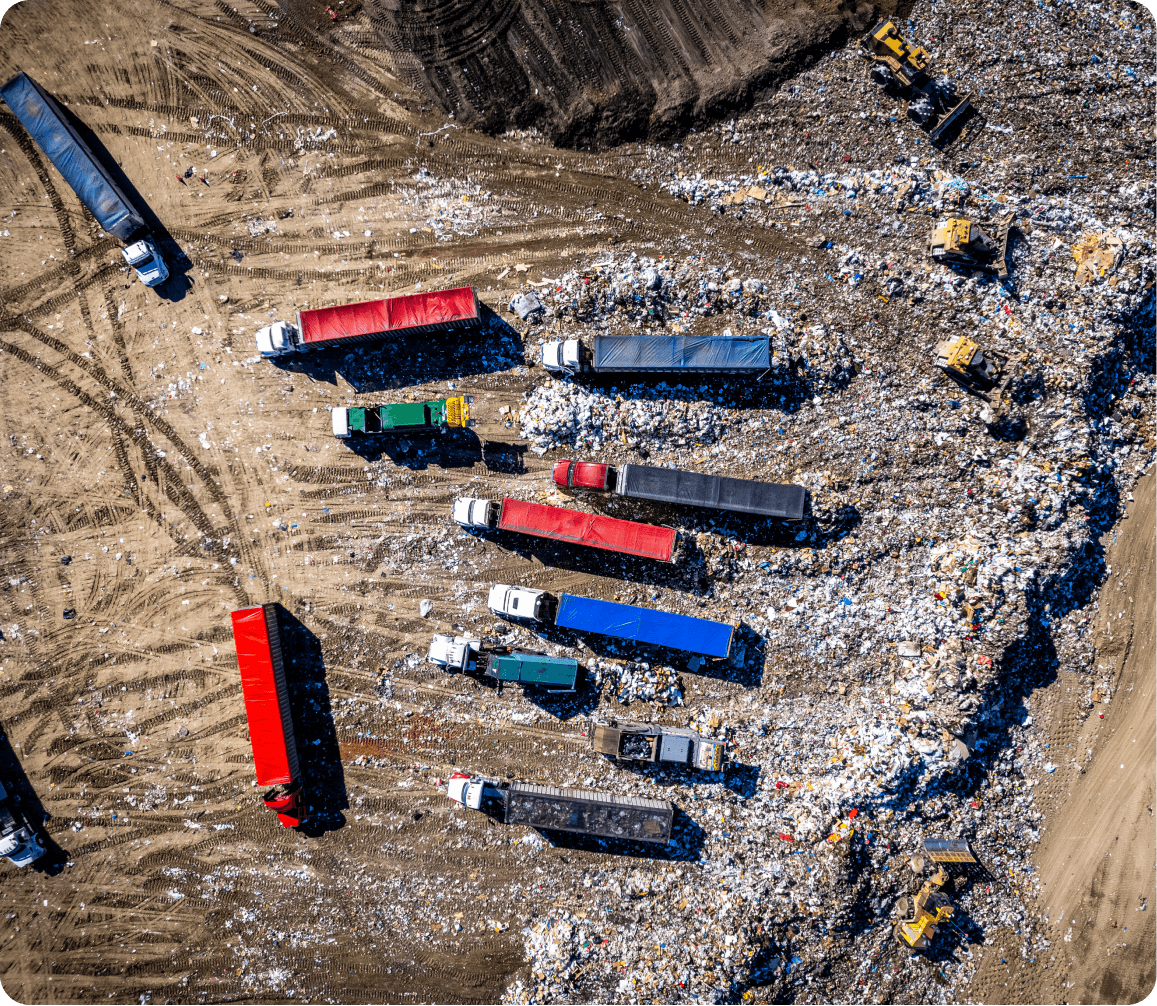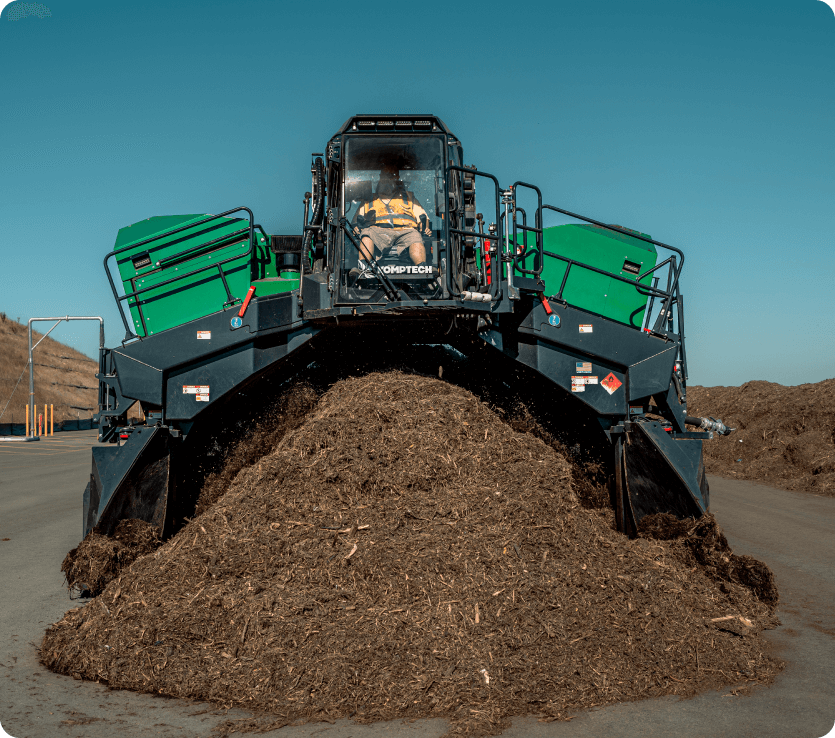The San Juan Capistrano Equestrian Coalition appreciates the opportunity to work
with OCWR to repurpose equestrian waste. This project will help create green
solutions, decrease distances the trucks travel and keep costs down to ensure that
people of all income levels have the opportunity to enjoy riding.
Preserving
Airspace
In addition to reporting tonnage accepted and buried each year, it is equally important to measure the
space in the landfills that did not get filled by recycling green waste, mattresses and metals. We call
this preserving airspace,
and our focus on resource recovery is already paying off.
The airspace preserved in 2022 is roughly equivalent to the space of more than 16 Olympic-sized
swimming pools.







